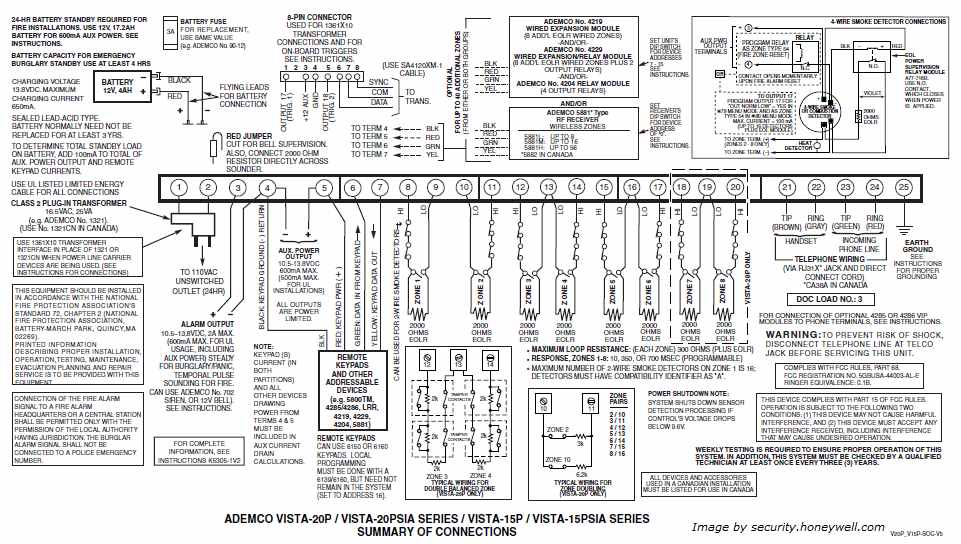Curmudgeon10
Member
My home was built in 1997 at which time Brinks (subsequently Broadview, subsequently ADT) installed a wired in system of magnetic open close sensors in all the doors and first floor windows, motion detectors, and smoke detectors. I had a billing dispute with ADT some months ago concerning their monitoring fees, and the system has been deactivated (by me). It cannot even be used for standalone monitoring due to the long ago agreement with the installer (which predated my ownership of the house in 2001). EVERY question about why it can't be used in that mode has been asked and answered many times, so we don't need to revisit the subject here.
Ideally, I would like to install a new box and touchpad and just connect it up to the existing sensors via the existing (in wall) wiring, and find a new monitoring company (I understand the sensitive elements in the smoke detectors are probably beyond their useful life and would need to be replaced). No professional I have called will even come to the house to quote a job --- some say it can't be done.
On another forum, I got several --- sort of cavalier -- recommendations to just acquire a system from Smarthome and do it myself. Over at Smarthome, they weren't all that helpful, and recommended this forum as the place where I might get some help and advice.
Anyone out there know if this can be done? If so, what system is recommended? Can an advanced DIY guy who can handle a soldering iron and a multimeter figure it out? (note: I am ambivalent about the motion sensors; if I could get everything else to operate, but not those, that would be OK).
Ideally, I would like to install a new box and touchpad and just connect it up to the existing sensors via the existing (in wall) wiring, and find a new monitoring company (I understand the sensitive elements in the smoke detectors are probably beyond their useful life and would need to be replaced). No professional I have called will even come to the house to quote a job --- some say it can't be done.
On another forum, I got several --- sort of cavalier -- recommendations to just acquire a system from Smarthome and do it myself. Over at Smarthome, they weren't all that helpful, and recommended this forum as the place where I might get some help and advice.
Anyone out there know if this can be done? If so, what system is recommended? Can an advanced DIY guy who can handle a soldering iron and a multimeter figure it out? (note: I am ambivalent about the motion sensors; if I could get everything else to operate, but not those, that would be OK).


